My Biology Field Trip | Scaling New Heights to the Soutpansberg Mountains
17 March 2023 | By: Chris | 6 min read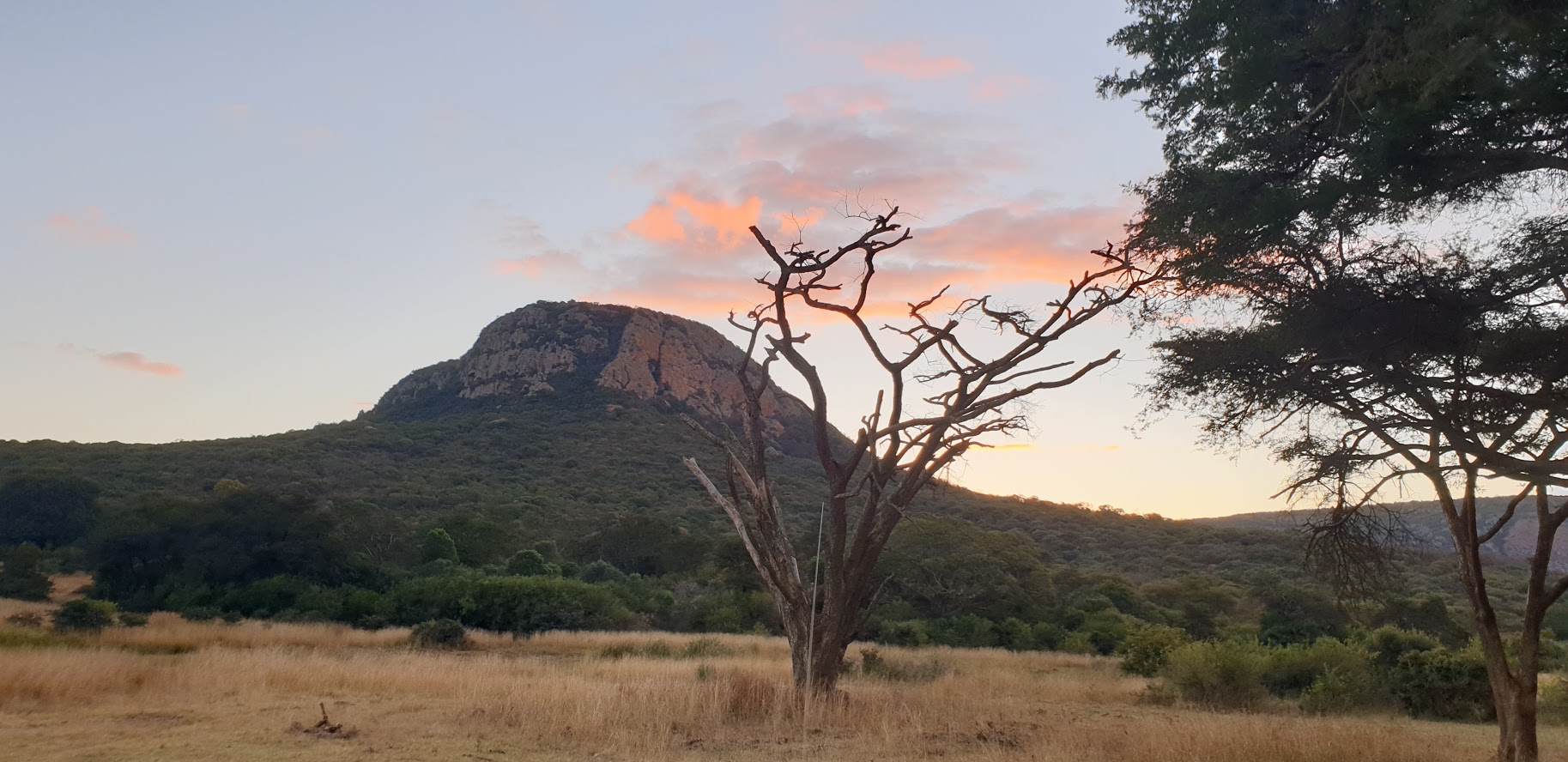
Fieldtrips are a fantastic opportunity to put your skills and knowledge into practice. Our Biology and Zoology students recently travelled to South Africa to experience a new climate, culture, and ecosystem.
Students travelled to South Africa to study the biodiversity of the Soutpansberg Mountains and its finely-balanced ecosystem. Afterwards, students submitted their final reports in the style of an article from the National Geographic.
From leopards lurking in mist-belt forests to commercial macadamia nut farming, read 3rd year Biology student Chris’s outstanding reporting on the conservation issues this exotic region faces.
The Soutpansberg Mountains; a box of secrets for conservation ecologists
An African leopard prowls silently through the undergrowth of the Northern Mist belt forests of the Soutpansberg Mountains.
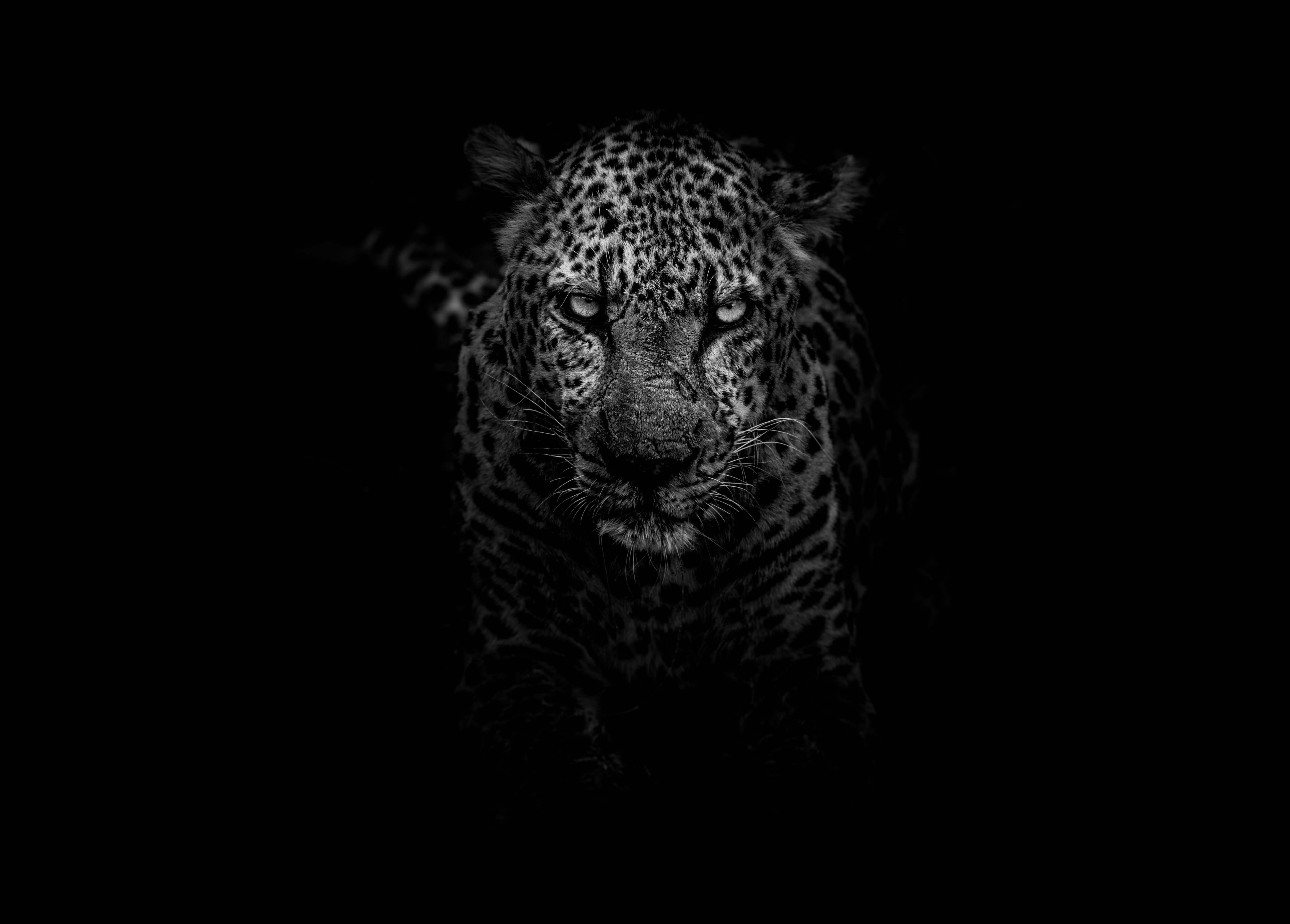
He knows every inch of this vast landscape, as this is his territory, where he has been the apex predator for the last 15 years. Measuring 2 metres from nose to tail he patrols his 500 square km range (Chase-Grey2011). He is a solitary creature, hunting alone, through day and night (Jenny, 2008), devouring almost any prey that he can sink his 2-inch-long canines into. No other male would dare venture here. His claw marks carved into nearby Waterberry trees act as a ‘no go’ warning to other wandering leopards. His species is spread far and wide, from Asian rainforests to dry African savannahs and even to the edges of urban life; (Nowark RM 1999). Seemingly, the last thing this leopard is, is vulnerable, but there are some battles that he cannot fight alone.
Despite leopards’ huge ecological flexibility, the actions of humans have shrunk the range in which these iconic cats can survive.
The African subspecies has disappeared from 37% of its historical range in the last 100 years (Jacobson, 2016). Hunting and habitat degradation moves leopards one step closer to extinction every day.
However, despite this huge depletion of numbers these mountains support one of the highest population densities of leopards in a non-protected area in Africa (Chase Grey et al. 2013). The secret to the leopards’ success in this area is based on a finely balanced ecosystem. Whilst the leopards feed on a healthy supply of herbivores from the bottom of the food web, a high density of large predators at the apex of the food web keeps the rest of the ecosystem in check. This ability to exist side by side indicates that the Soutpansberg may hold the secret to future conservation, not only leopards, but all of the flora and fauna that thrives here.
A special place
The Soutpansberg Mountains sprawl across the Limpopo region of North-Eastern South Africa, from the Magalakwena River in the West to the boarder of Mozambique in the East.
%20Photo%20by%20Cristofer%20Jeschke%20on%20Unsplash.jpg?width=3463&name=cristofer-jeschke-WFT5rHSk2u8-unsplash%20(1)%20Photo%20by%20Cristofer%20Jeschke%20on%20Unsplash.jpg)
One of the first things you may notice while trekking through these mountains is the distinct variety of unique biomes, from wetlands to thicket, grasslands, savanna, fynbos and forests. Each biome is supported by differences in soil structure; inducing striking variation in vegetation types growing there (Lane, 2009). With this, comes a great diversity in animal species feeding upon them. In fact, 60% of all mammal species found in South Africa have been recorded here (Berger et al. 2003).
The floral and faunal diversity combined with the close proximity of multiple biomes makes the Soutpansberg an ecologically crucial location.
Extreme topographic diversity and altitude changes over a very short distance range from just 250m above sea level to the highest point, Lajuma peak at 1748m.
The geographic location of the mountains also plays an important role on their ever-changing environmental conditions. At this latitude there are two distinct seasons. A dry season from May to August, when temperatures drop to as low as 12 degrees Celsius, and a wet season, when temperatures can climb up to 40 degrees Celsius.
On the arid, Northern slopes of the mountain rainfall can be as little as 367mm annually. Here, plants adapted for desert conditions litter the scorched slopes.
Less than 10km south, in the mistbelt forests of the southern plateaus, fascinating floral adaptions, such as old man’s beard, capture moisture from mists drifting in from the Indian Ocean. This phenomenon grants the mistbelt forests with eight times more precipitation than the northern slopes (Hahn 2002). This phenomenon facilitates conditions for a unique variety of succulent plants, such as Aloe, many of which are endemic to these forests. (Hahn, 2017).
The mist descends
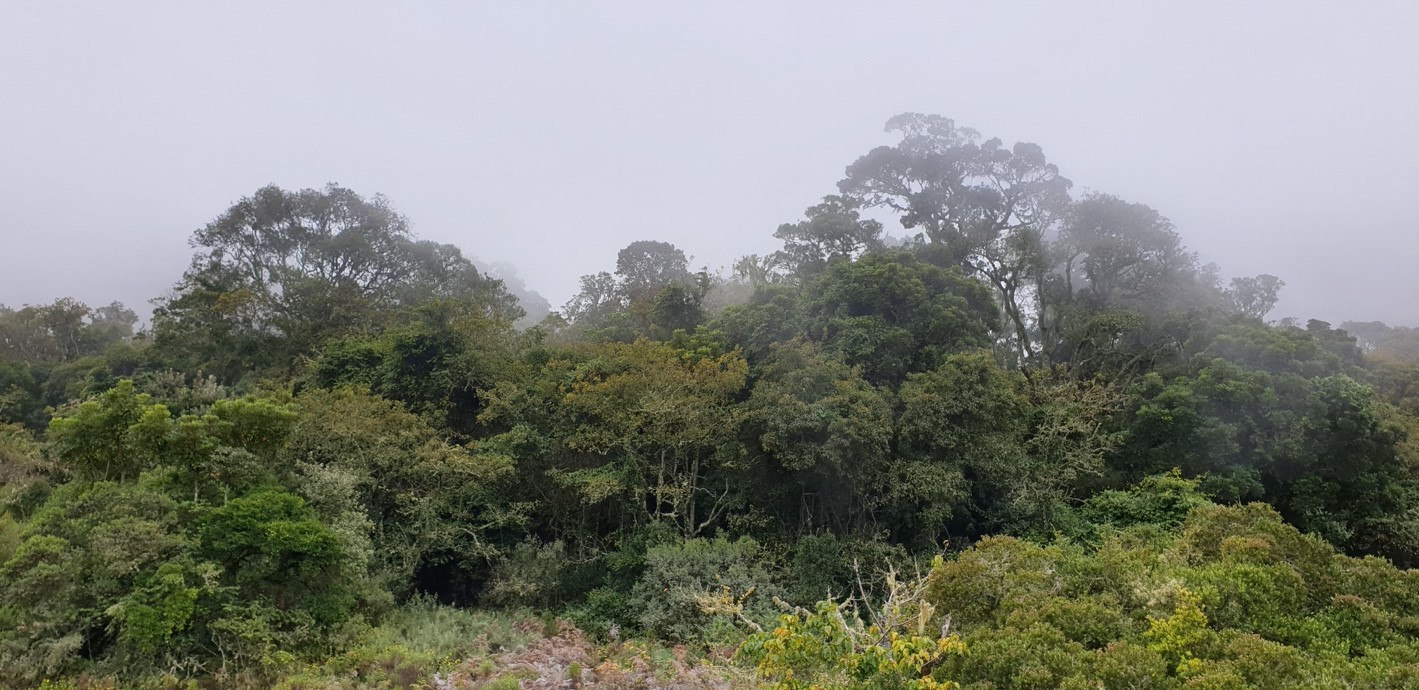
The mist descends upon the forests on the southern slopes, bringing with it a vital supply of water to feed the resident flora.
Trouble in paradise
The threats that face these mystical lands are created by humans.
Trophy hunting and poor farming practices threaten to damage an ecosystem which has been in balance for millions of years. Throughout the 1800s an increase in farming in the area drove many resident herbivores out.
Of the 27 large herbivores that used to live In the Soutpansberg, 12 are now extinct (Chase-Grey 2017) - most notably, the black rhino and the African elephant.
Nowadays, large deer species, like kudu, have taken their place. They are biological lawn mowers, feeding on grasses and small shrubbery, thus playing a vital role in rejuvenating the area and preventing the natural succession into larger woody vegetation – a phenomenon known as bush encroachment.
Encroachment
Encroachment is a common problem across large parts of the African region.
In effect, the vegetation composition shifts in favour of larger, woody species and with this, the open savannahs disappear. A decline of all of the species that thrive upon them will follow - meaning less food to go around for opportunistic leopards. Bush encroachment is apparent from the viewpoint of the Lajuma Research Centre on the Southern slopes of the mountain. Residents here report a visible disappearance of the iconic iron rich red soils of the savannahs that lie below, over the past 20 years.
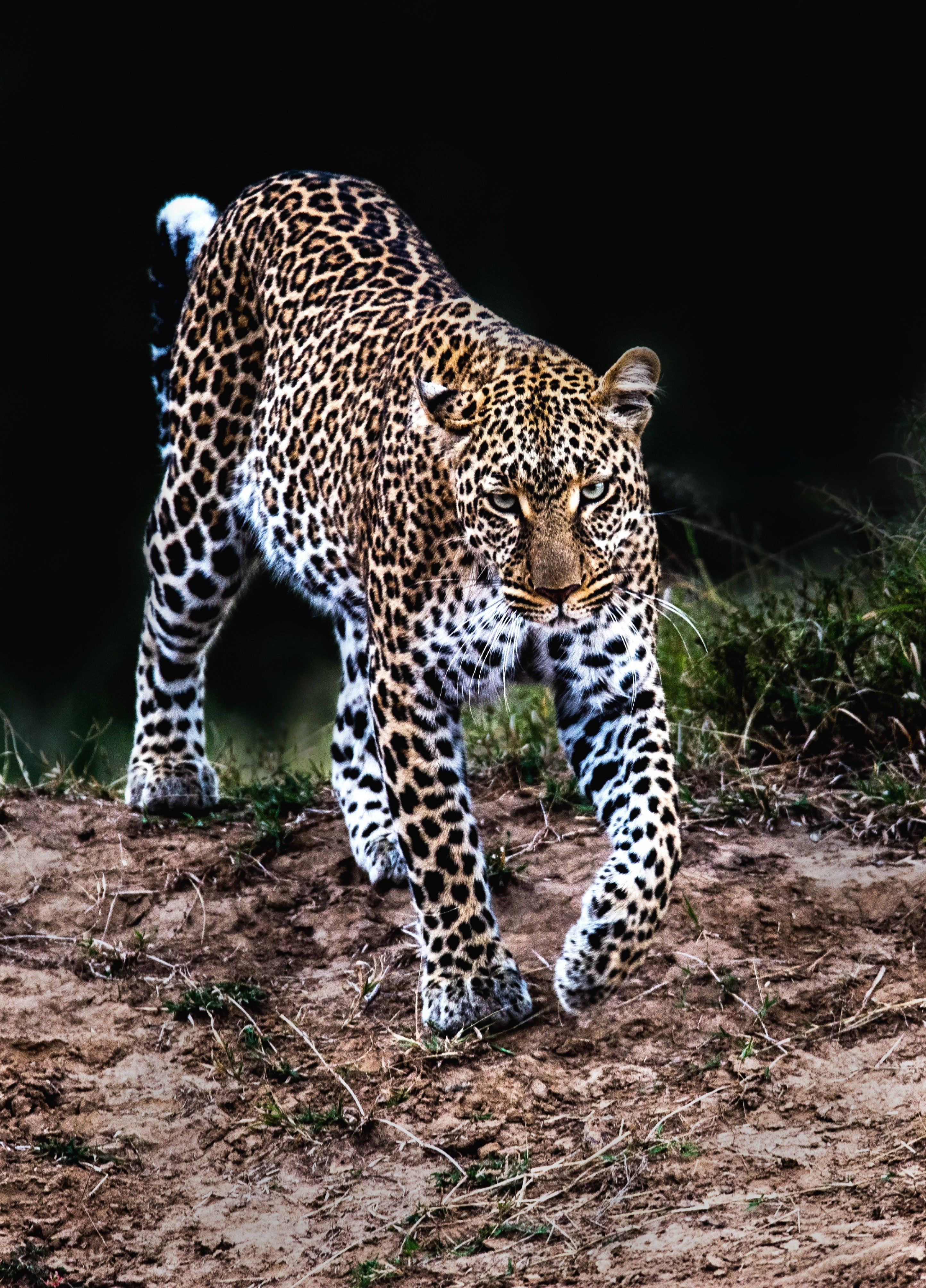
For now, the Soutpansberg remains a refuge for leopards, however if the trend continues and without any substantial meals on the menu, the tree dwelling cats may leave the mountains, as their feline relative, the cheetah did many years ago. With their main competitors gone, leopards and hyenas are the only large carnivores that remain. It is likely that the main reason for this is their lack of fussiness regarding food choices, but how far are they willing to go?
For some individuals, the relative abundance of leopards in the Soutpansberg is seen as nothing more than an opportunity. Since 2003 the Limpopo region, in which the mountains lie, has been allocated more than 50 leopard hunting permits (Chase-Grey 2011).
Rather shockingly 63% of all trophy hunting in South Africa occurs in the area. Hunters will often target adult leopards, potentially threatening the population viability.
This species has evolved in an environment in which adult survival rates were high. A sudden change to this may have detrimental effects upon their population structure and rapidly decrease their effective population size.
Farmers that use their land for trophy hunting are only part of the problem. Commercial farming has the potential to be catastrophic to the ecosystem.
Farming has been common practice in the Soutpansberg for a long time but a recent explosion in the number of ranches in the area is having a variety of detrimental effects. This was all too apparent to the researchers in the Lajuma Research Centre when their hydroelectric generator stopped working in 2016. Upon inspection it was clear that there was very little water flowing down the waterfall in which it was placed.
A farmer upstream had planted a large macadamia farm to take advantage of the ever-increasing price of the prized nut. It takes 1000 litres of water to grow 850 grams of macadamia. In more simple terms that’s 500 two litre bottles of water to produce a handful of nuts (The Macadamia 2018).
This type of farming is unsustainable, especially in an area in which water plays such a key role in a complex and diverse ecosystem. Large plantations also have the potential to split endangered populations up through a process known as habitat fragmentation. Whereby gene flow is restricted, leaving populations of terrestrial animals in even more danger from threats such as climate change and poaching.
Light at the end of the tunnel?
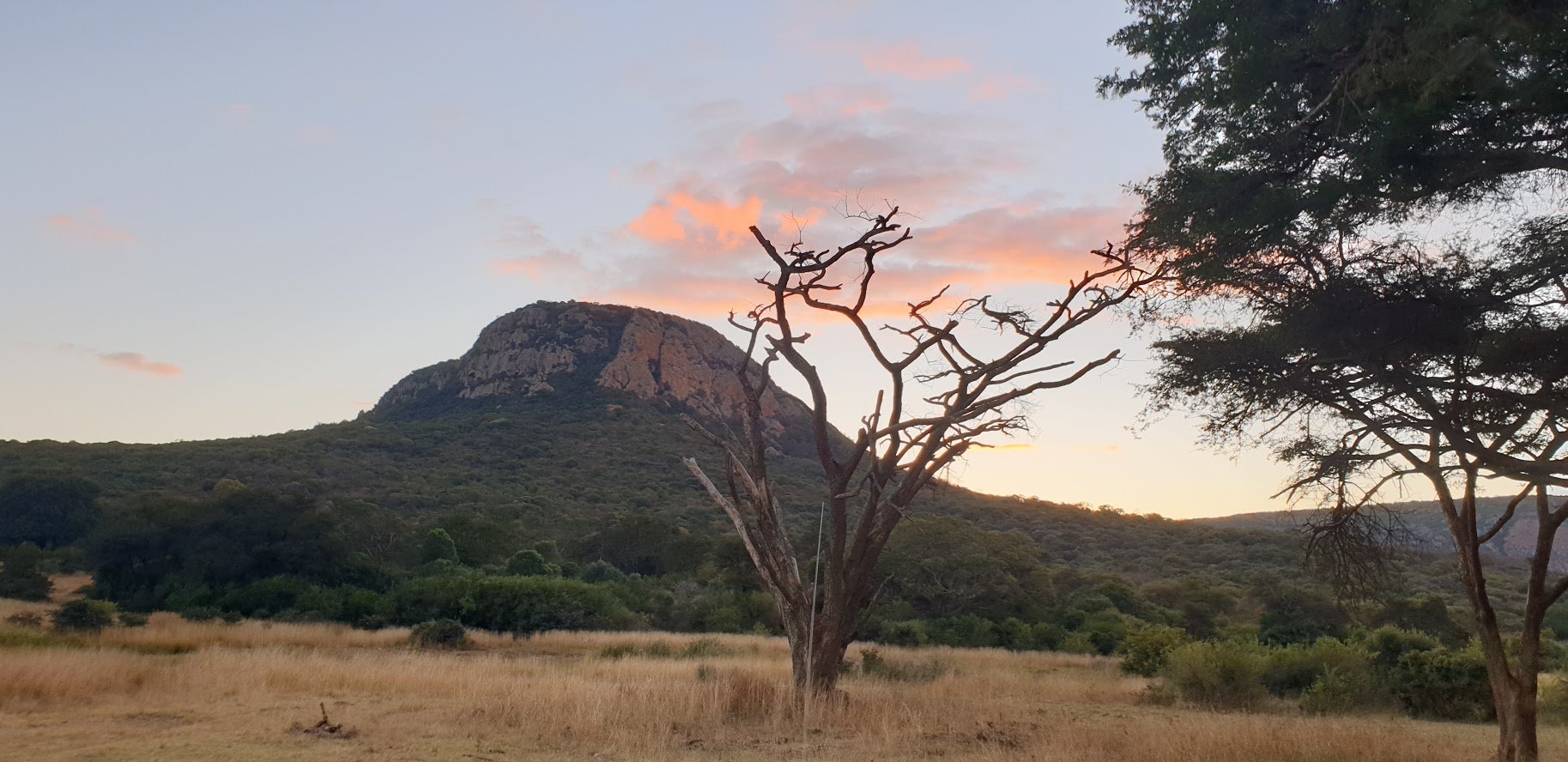
Thankfully, the mountains are gaining more global attention than ever. They are now rightfully recognised as a hugely important region for conservation and in 2009 became the focal point for the formation of the UNESCO Vhembe Biosphere Reserve; a vision which Lajuma Research Centre played an important role in forming.
The Biosphere reserve was established to recognise the need for a sustainable relationship between man and the natural world through research, conservation and development. These 3 aspects aim to improve the lives for all stake holders in the area, including poor crop farmers, conservationists and animals alike.
A great example of this is the influx of ex-poachers now using their invaluable knowledge of animal behaviour to protect animals in reserves across the region.
They now work as park rangers, contributing to the growing ecotourism industry in the area and safeguarding the animals they once hunted. Private reserves such as Leshiba protect some of the most threatened animals on earth, most notably, the White Rhino.
Communication between research groups and local farmers has also increased. In 2017, researchers from the Primate and Predator Project situated in Lajuma Research Centre reassured local farmers that their cattle were not a main food source for leopards in the area. They achieved this through scat analysis, confirming that forest dwelling animals such as bushbuck and rock hyrax were top of the menu for the Soutpansberg leopards. This finding held true, even when the leopard scats were collected on local ranches.
With all parties considered, one message is very clear; this precious land and all of its resources must be conserved and sustainably shared to ensure that the scales of nature hang in balance. Conflicts between man and animals here will have no victor. We must learn to co-exist with nature, if the prowling leopards of the Soutpansberg are to reign in this kingdom for years to come.
Are you interested in studying biology or zoology? Find out how you could be solving the world's problems here at Newcastle University.
References
Chase-Grey JN (2011) Leopard population dynamics, trophy hunting and conservation in the Soutpansberg Mountains, South Africa. Durham theses, Durham university http://etheses.dur.ac.uk/823/
Chase Grey JN, Kent VT, Hill RA (2013) Evidence of a High Density Population of Harvested Leopards in a Montane Environment. PLoS ONE 8: https://doi.org/10.1371/journal.pone.0082832
Chase-Grey JN, Bell S, Hill A (2017) Leopard diets and landowner perceptions of human wildlife conflict in the Soutpansberg Mountains, South Africa. Journal for Nature Conservation 37:556-65
Hann H (2017) Endemic flora of the Soutpabsberg, Blouberg and Makagabeng. South African Journal of Botany 113:324-336
Jacobson AP, Gerngross P, Lemeris JR Jr, et al. (2016) Leopard (Panthera pardus) status, distribution, and the research efforts across its range. PeerJ: doi:10.7717/peerj.197
Jenny D, Zuberbuhler K (2008) Hunting behaviour in West African forest leopards. African Journal of Ecology 43: 132-138
Lane DR, Coffin P, Lauenroth WK (1998) Effects of soil texture and precipitation on above-ground net primary productivity and vegetation structure across the central grassland region of the United States. Journal of Vegetation Science 9:339-250
Nowark RM, Walker EP (1999) Walker’s Mammals of the World 793-837
The Macadamia 2018. Do we have enough water for all our macs? https://macadamiasa.co.za/2018/10/23/do-we-have-enough-water-for-all-our-macs/

We've been voted top in the UK for student life in the WhatUni Student Choice Awards 2025 - trusted recognition from real students.